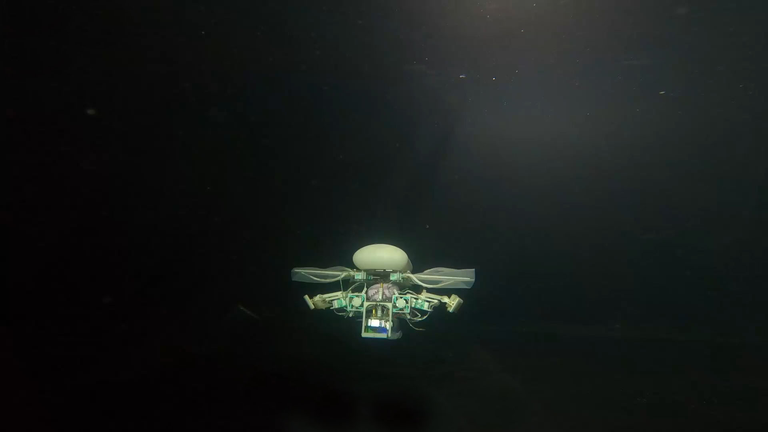The first Robot adaptable to the depths of the sea

What a mystery is being unraveled
Technology for the depths.
Follow my publications with the latest in artificial intelligence, robotics and technology.
If you like to read about science, health and how to improve your life with science, I invite you to go to the previous publications.
If you like to read about science, health and how to improve your life with science, I invite you to go to the previous publications.